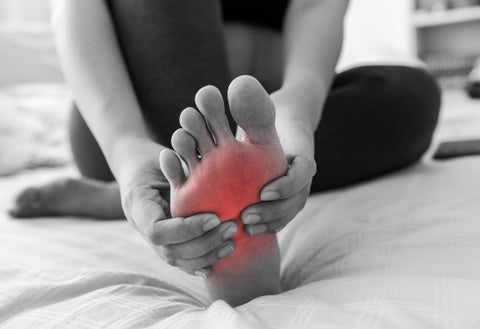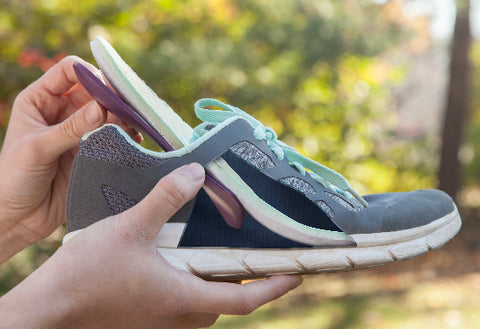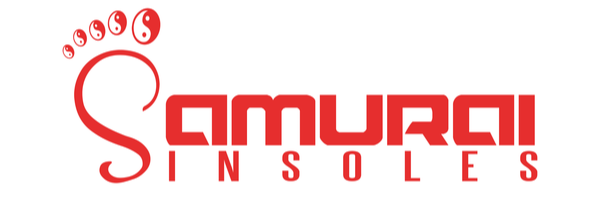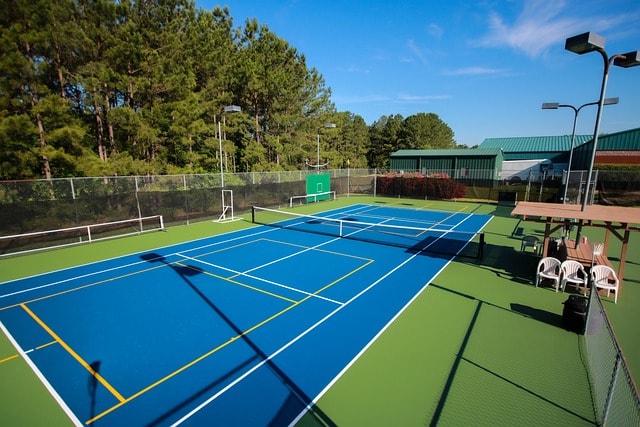Flat foot or pes planus is a deformity of the foot that results in a flattened arch, occasionally with the sole of the foot resting almost entirely on the ground.
Flat feet, commonly referred to as fallen arches, affect an estimated 20 to 30 percent of the general population. The condition can be asymptomatic and painless in many people.
Yet in some others, the symptoms might range from mild discomfort to considerable pain that can intensify upon prolonged activity. Treatment for flat feet comprises of wearing well-fitting shoes that provide optimal support to the arches.
Using the right footwear can be instrumental in alleviating the pain and discomfort experienced with flat-footedness.
Understanding the underlying causes and symptoms of the condition can be instrumental in picking the right pair of shoes.

What Causes Flat Foot?
Flat foot is observed in both children and adults. The condition is quite common in infancy and early childhood. In many children, a healthy arch develops while the body develops and matures. In adults, flat foot can be inherited from early life, or acquired due to other factors. Some of these factors can include:
- Injuries including muscle damage, ruptured tendons or fracture
- Significant weight gait
- Prolonged or repetitive weight-bearing or high-impact activities, such as running, standing, walking or jumping.
- Wearing poorly fitted shoes with inadequate arch support
- Health conditions, such as diabetes, rheumatoid arthritis, stroke or cerebral palsy
- Other risk factors for adult-acquired flat foot include obesity, normal aging and pregnancy.
What Are The Symptoms Of Flat Foot?
The most common symptoms are pain and discomfort, sometimes accompanied with swelling in the inner bottom of the foot. The lack of a supportive arch can put undue pressure on other parts of the foot during weight bearing thus restraining movement and affecting the posture.
Fallen arches can cause damage to the tendons and ligament of the foot. They can also contribute to hip and back pain, arthritis and sprains.

How Can Flat Foot Be Treated?
Treatment is based on the underlying causes and severity of symptoms. A doctor might suggest simple conservative care that includes one or more of the following:
- Compression with ice to reduce swelling and pain
- Rest
- Pain medications
- Simple stretching exercises or foot gymnastics
- Over-the-counter insoles or custom orthotics for arch support
5 Tips For Choosing The Right Shoes For Flat Foot
Treatment for fallen arches may consist of wearing comfortable shoes that provide stability to the arch and heel area. A doctor might also recommend appropriate arch support insoles or custom orthotic devices that can be inserted into the shoes.
The primary objective of footwear for flat feet should be to provide cushioning, control pronation (help balance the feet in a neutral position) and reduce friction of the foot within the shoe. Relying on soft arch supports that provide cushioning alone may be ineffective, as they will not be able to provide the strong support that the arches need. Finding suitable shoes can pose a challenge for people with a flat foot. The arch of the foot serves as a shock absorption system.
Generally speaking, flat feet roll inward and overpronate, thus hampering the natural shock absorbing capabilities of the arch. Shoes with added support are technically designed to provide reinforcement of the inner portion of the foot and make up for the absence of a normal arch.
When looking for the right shoes, it is important to review their technical specifications to ensure that they provide the added support, stability and control needed. There are various different types of shoes to consider, some may be more effective than others.
placeholder

1. Casual Shoes May Need Some Support Reinforcement
An option for some with mild flat feet may be as simple as wearing a comfortable casual shoe with proper arch support and a firm heel counter. Several companies manufacture shoes to these standards, but it is important to test them out individually before making a decision. Since there is such a large selection of casual shoes from a broad range of manufacturers, often it is difficult to find an appropriately fitting, quality pair. Arch support insoles can also be used to augment the arch support in some casual shoes. Purchasing shoes with a removable factory insole that can later be replaced with an arch support insole may be helpful. Wearing shoes without proper support such as flip-flops, high heels, clogs, and "docksiders" generally are not appropriate for people with flat feet.
2. Orthopedic Shoes Are Great, If You Can Tolerate The Stiffness
Another option for those with a more severe flatfoot deformity would be to purchase high-quality orthopedic shoes with hard-heel counters and steel shanks. Many reputable companies also offer orthopedic shoes with other unique features, such as built-in orthotic insoles, heel-locking mechanisms, stiff heel counters and well padded collars. Unfortunately, the firmness of many of these types of shoes can make them uncomfortable for those unaccustomed to this. Their style and appearance (or lack thereof) can also deter people from purchasing them. asics-gel-cumulus-review
3. Stability Running Shoes Can Be A Home Run
People with flat feet tend to turn their ankles inward while running and walking. This can put a considerable amount of strain on the knees, ankles and feet thus possibly increasing the risk of injuries. Today, there are running shoes available with added stability control to control this pronation as well as provide significant cushioning. Most leading brands of running shoes manufacture their own lines of stability running shoes. Generally, running shoes are light-weight, breathable, and well cushioned. Due to the soft synthetic upper that has become standard with most running shoes manufactured today, they also can be very forgiving of other deformities common in people with flat feet, such as bunions and hammertoes. This makes stability running shoes an excellent choice for those with mild or moderate flat feet. Additionally, over the counter arch supports can be added to this type of shoe to further control over pronation of the foot if necessary.
4. Motion-Control Running Shoes Work, But Don't Over Do It.
In cases of severe pronation, motion control running shoes can be an ideal solution, as they are designed to provide more support and control than stability running shoes. They are crafted specifically to keep the ankle straight while moving and comprise of a dual-density foam that is injected right below the medial side of the arch. While this can often be an ideal choice for some with moderate to severe flat feet, the large amount of motion control found in this type of shoe can occasionally be difficult to adjust to, and is sometimes felt to be too restrictive. It is imperative to try these types of shoes for yourself before purchasing them for this reason. A stability running shoe with a reinforcing arch support insole may be a better option for those who can not tolerate the restrictiveness of a motion-control shoe.
5. Beware of Sandals With "Arch Support"
Yes, there are many new "Doctor Recommended" types of sandals out there with more arch support than traditional sandals. For many people, the arch support built into these sandals is enough for their foot to function properly. Unfortunately however, because sandals inherently lack some of the most important structures of a regular shoe that also provide support, ie. a back and laces, they still may not be supportive enough for someone with flat feet. If you give some of these sandals a try, be sure to start slow and only wear them for short periods of time in the beginning to be sure they are supportive enough for your feet.







